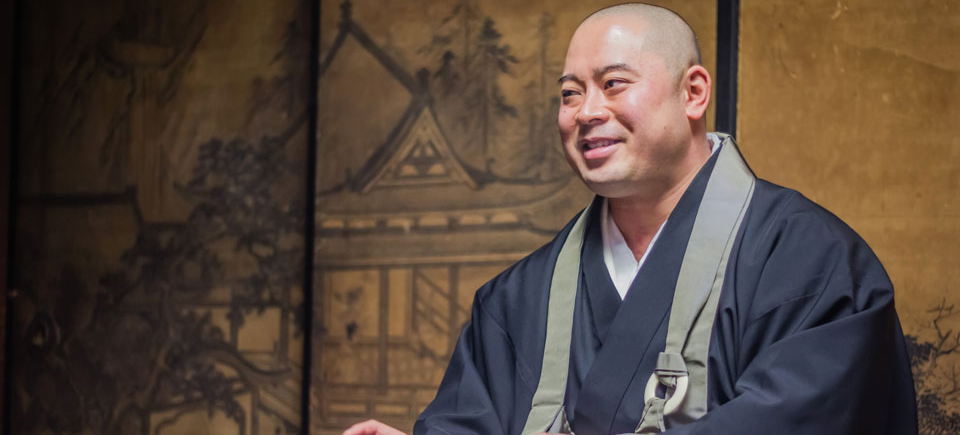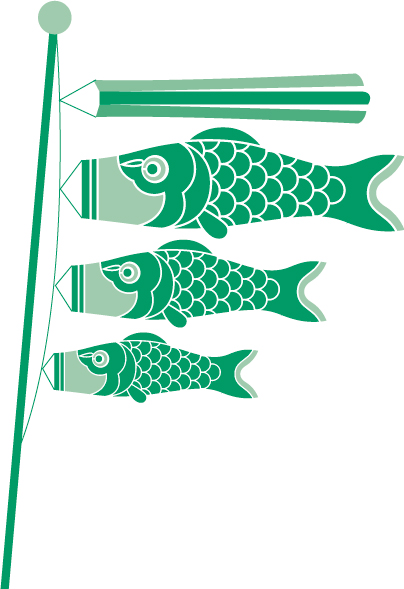Language
Word Zen
In Japanese, there are several key concepts, often related to Buddhism, that appear and reappear when we learn about training in martial arts 武道 (budo), artistic endeavours such as shodo 書道 (calligraphy) and ikebana 生け花 (flower arrangement), and other practices that require discipline, perseverance, and contemplation, such as meditation 瞑想 (meisou).
These concepts are very deep, can seem ambiguous, and can be tricky to translate into English. Below are a few that appeared in this month’s cover feature (see page 10) on the internationally renowned gardener Yasuo Kitayama.
Useful Expressions
| ROMAJI | KANJI | MEANING |
| Sempai | 先輩 | Sempai refers to someone who is older or superior in skill. If someone is your sempai, they are your mentor in your field of training. |
| Kohai | 後輩 | Kohai is the opposite of sempai. It means ‘one who comes after,’ or simply ‘junior.’ |
| Deshi | 弟子 | A pupil, follower, or apprentice Uchi-deshi 内弟子 is a variation meaning ‘live-in apprentice’ – a pupil or apprentice may live in or near the studio, garden, dojo 道場 (martial arts training place), etc. where they are undertaking their training. |
| Nintai | 忍耐 | Endurance, perseverance, or patience |
| Shugyo | 修業 | Discipline; austere training; continuous daily practice Shugyo refers to training done in the pursuit of higher or deeper levels of consciousness, as well as the honing of skills. It is usually very demanding, requiring unlimited amounts of effort, mindfulness, and refinement. The purpose of shugyo is to “forge the spirit,” remaking a practitioner’s character through hard physical and mental training. |
| Kokoro | 心 | Kokoro is a Japanese word which represents mind, heart, and spirit. For example, kokoro wa ii desu (she/he has good kokoro) means his/her mind, heart, and spirit are positive, calm, balanced, etc. Plants and animals are also considered to have kokoro, their own soul or spirit. |
| Shogyo mujo | 諸行無常 | Everything changes; nothing stays the same This is one of the basic Buddhist concepts regarding the impermanence of all things. |
| Aimai | 曖昧 | Ambiguity; one of the cornerstones of traditional Japanese society and a concept still very important when communicating in Japanese today. Clear expression can be considered impolite, which is why a lot of vague expressions exist. For example, chotto ne (ちょっ とね) is a very roundabout way of saying ‘no,’ disagreeing, or declining an offer. ‘Chotto’ generally means ‘a little,’ and ‘ne’ is usually tagged on to the end of a sentence to reaffirm the statement. |
| Mugen | 無限 | Infinite or infinity. As Buzz Lightyear’s famous Toy Story line goes: ‘Mugen no kanata made!’ – ‘To infinity and beyond!’ |









